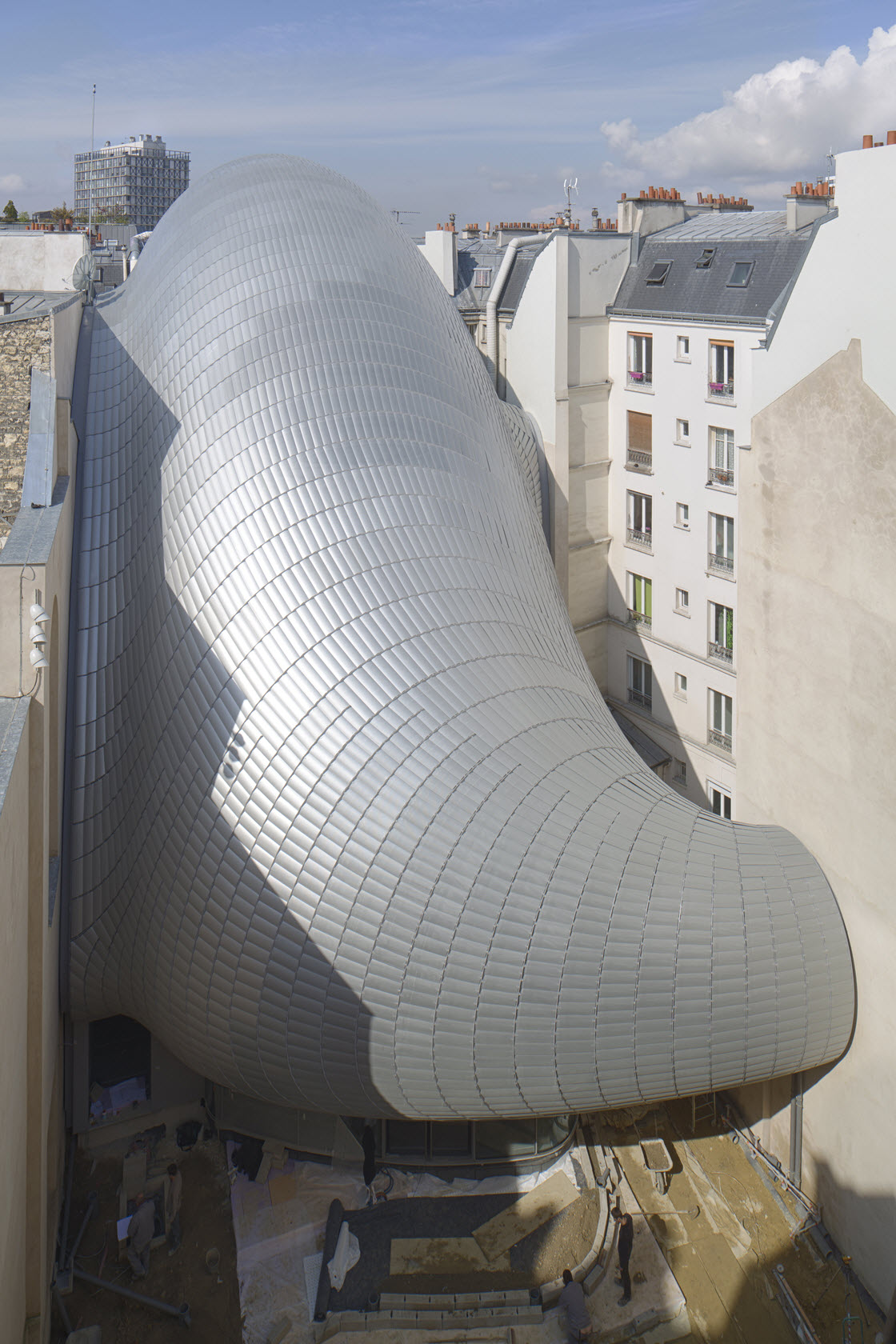
Gramazio Kohler Research
Up Sticks
‘Up-Sticks’ is an informal turn of phrase dating back to at least the 19th Century to express leaving your home in haste. It is thought to originate from the rough cut, unseasoned timber frame architecture of the Scottish croft designed for temporary occupation. These sticks from which the croft was partly fabricated were of great value and were taken and reused when the household moved on. Up-Sticks is an expressive timber structure that twists and curves using only spruce wood planks and beech wood dowels. No glue or nails were used to hold the planks in space; it is the hygroscopic behaviour of the dowels, which shrink and swell according to their moisture content, and their computationally defined position that lock all planks into position. Up-Sticks was assembled from large elements all prefabricated in the Robotic Fabrication Laboratory at ETH Zurich, the largest of its kind in the world.






